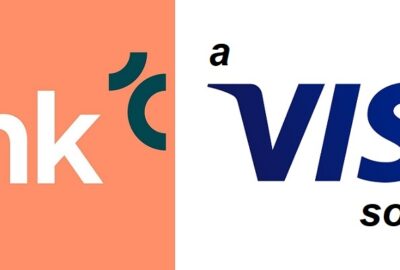EBA publishes fourth Opinion on money laundering and terrorist financing risks across the EU. „The AML/CFT systems and controls institutions have put in place are not always effective, with significant challenges in institutions’ approaches to transaction monitoring and reporting of suspicious transactions in particular.” – EBA says.

The European Banking Authority (EBA) published its fourth biennial Opinion on the risks of money laundering and terrorist financing (ML/TF) affecting the European Union’s financial sector. It also sets out what competent authorities and EU co-legislators can do to mitigate those risks.
The EBA issues this Opinion against the background of a changed risk landscape, which has an impact on institutions’ anti-money laundering and countering the financing of terrorism (AML/CFT) compliance and competent authorities’ approaches to supervision. Examples include geopolitical events like Russia’s invasion of Ukraine and legislative developments, such as the publication of a comprehensive ‘AML Package’ and the Markets in Crypto-Assets Regulation (MiCAR). They also include emerging risks such as corruption, and the laundering of proceeds from both environmental crime and cybercrime.
Some of the ML/TF risks identified in this Opinion, such as those associated with crypto assets, innovative financial services, the identification of beneficial owners and terrorist financing, had already been identified in previous Opinions on ML/TF risks and continue to be relevant today. Other risks that were highlighted in 2021, including those associated with Covid-19 and de-risking, are starting to decrease.
Awareness of ML/TF risks is increasing across all sectors under the EBA’s AML/CFT remit with small but tangible improvements in credit institutions and investment firms. At the same time, the AML/CFT systems and controls institutions have put in place are not always effective, with significant challenges in institutions’ approaches to transaction monitoring and reporting of suspicious transactions in particular.
AML/CFT supervision is improving overall, with more AML/CFT supervisors carrying out formal ML/TF risk assessments in line with EBA Guidelines. The frequency and intensity of supervisory engagement is increasing, with a small but tangible impact on levels of inherent and residual risk. Nevertheless, as highlighted in the EBA’s reports on ML/TF risk in payment institutions and on competent authorities’ approaches to the AML/CFT supervision of banks, AML/CFT supervision is not always commensurate to perceived levels of ML/TF risk or effective overall.
Cooperation of AML/CFT supervisors with other authorities has improved thanks to EBA initiatives such as AML/CFT Colleges , Supervisory Colleges, EBA’s Guidelines on cooperation and information exchange and relevant EBA prudential guidelines such as SREP Guidelines. This cooperation can be further improved with tax authorities for tax-related crimes.
____________
Related links – DOCUMENTS
Anti-Money Laundering and Countering the Financing of Terrorism
Anders Olofsson – former Head of Payments Finastra
Banking 4.0 – „how was the experience for you”
„So many people are coming here to Bucharest, people that I see and interact on linkedin and now I get the change to meet them in person. It was like being to the Football World Cup but this was the World Cup on linkedin in payments and open banking.”
Many more interesting quotes in the video below:











